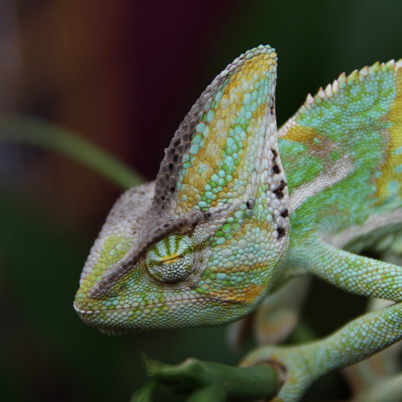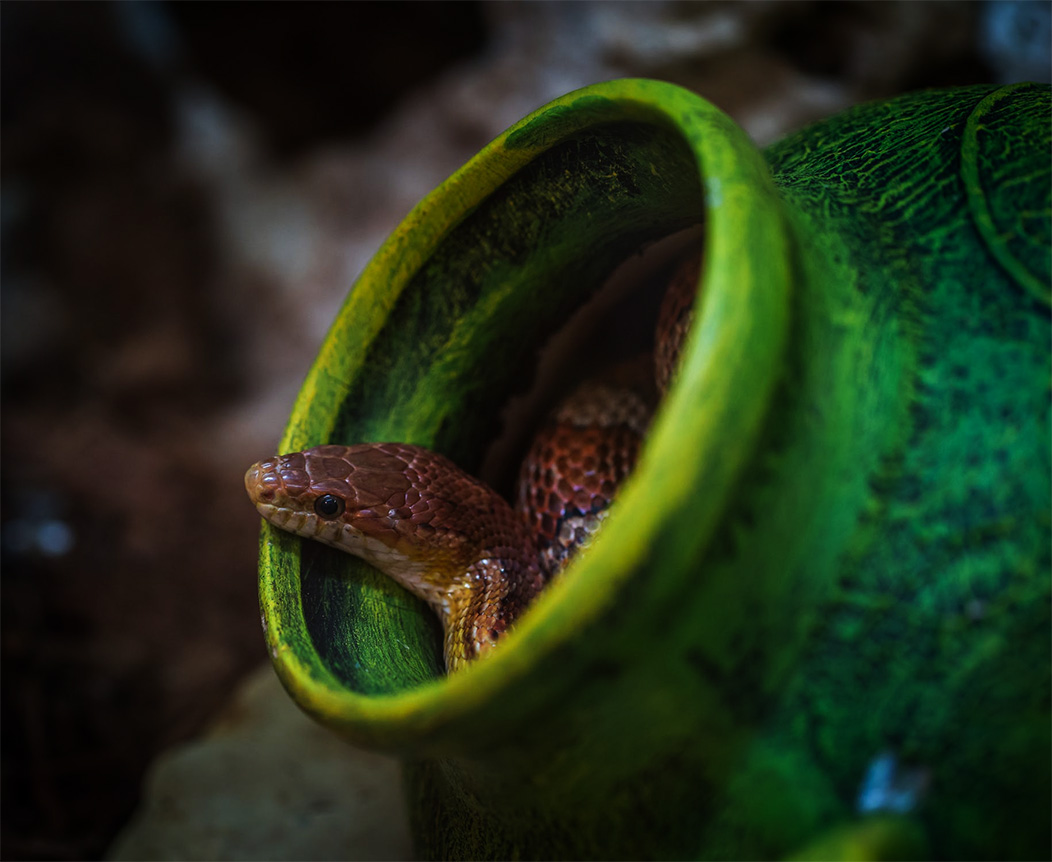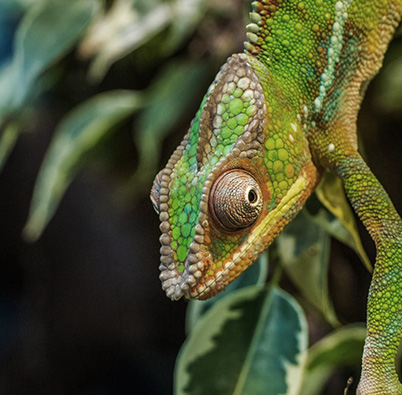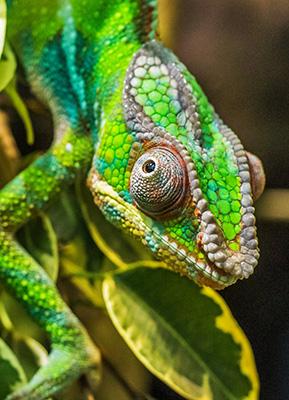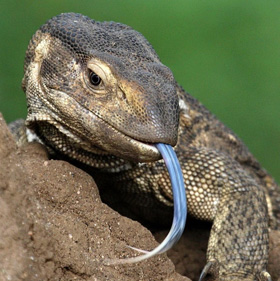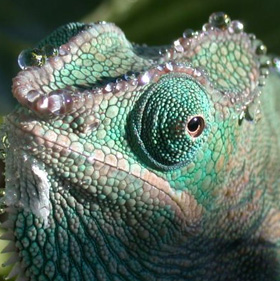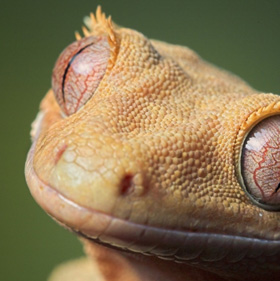
What 4 things is Costa Rica known for?
1. Costa Rica is renowned for its stunning natural beauty, including lush rainforests, pristine beaches, and majestic mountains. It is also famous for its rich biodiversity, aromatic coffee, and vibrant Pura Vida lifestyle, as well as its delicious cuisine and warm, welcoming culture.
2. Nature and Biodiversity: Over 25% of the country is protected land. Costa Rica is a global hostpot for rainforests, volcanoes, beaches and incredible wildlife diversity.
3. Ecoturism: The country is a pioneer in sustainable tourism. From zip-lining in Monteverde to surfing in Tamarindo or spotting sea turtles in Tortuguero, the experiences are world- class. Political Stability and quality of life: With no army since 1949, strong democracy, and high levels of education and healthcare, Costa Rica is often seen as a safe and peaceful oasis in Central America.
4. Political Stability and quality of life: With no army since 1949, strong democracy, and high levels of education and healthcare, Costa Rica is often seen as a safe and peaceful oasis in Central America.
Many species of wildlife
Volcanic formations
Land in conservation
Our Courses
PURAVIVA
Costa Rica
Gallery
of our
Flora and fauna
- All
- Snake
- Lizard
- Turtle
- Chameleon

Buy Online tickets
OF OUR FLORA AND FAUNA
WHAT PEOPLE
SAY ABOUT US









